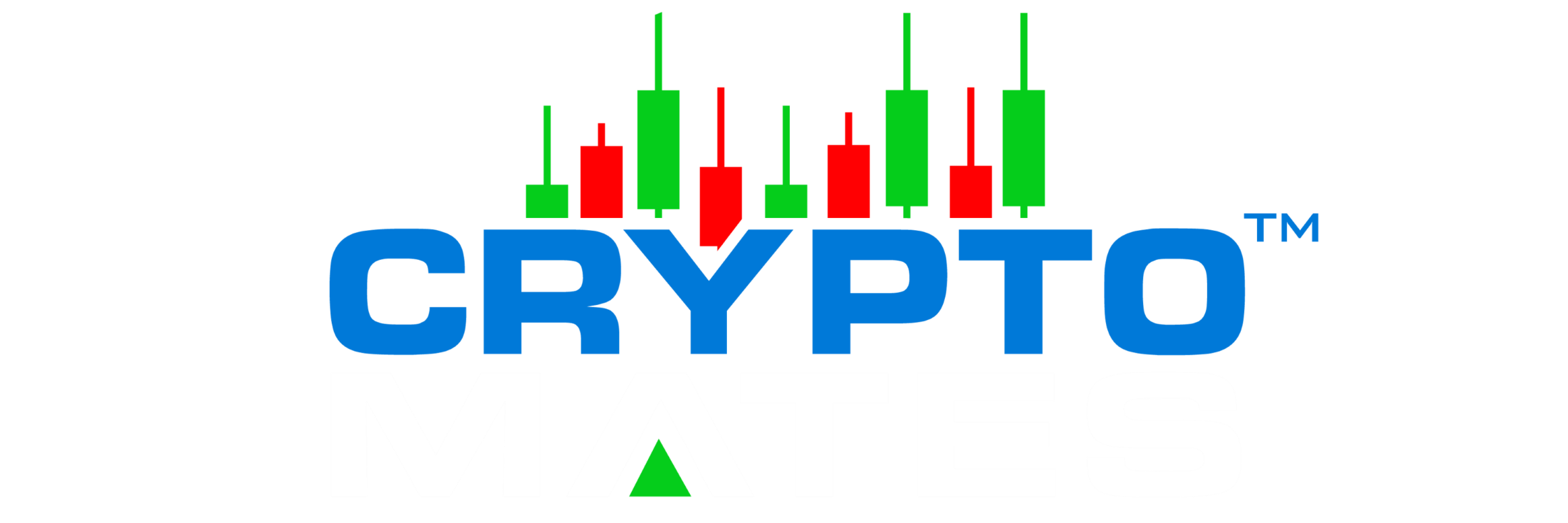The RSI is one of the few indicators that is a "leading" indicator and can therefore be used as a "trend reversal" indicator as often the RSI trend is broken prior to the break of the price trend. Therefore, the RSI often "bottoms" before price.
In layman's terms, it is measuring the speed and the change of price movement, as in how dramatic a rise or fall in price over the specified time period.
Standard settings of this indicator provide levels of 70 and 30 being "overbought" and "oversold" respectively, with the middle section between these two levels viewed as neutral.
When the overbought or oversold areas are reached the majority of traders will be of the opinion that the price has either topped or bottomed and that price could be looking to reverse.
The mid-level of the RSI (i.e. the 50 level), while in the "neutral" zone, is often viewed as a Support and Resistance level for this indicator and when above this level, one can consider the asset more bullish on the specified time frame, while under the 50 level would indicate more bearish sentiment.
RSI can also provide confirmation of Divergences (i.e. when the direction of price movement is contrary to the directional movement of the RSI).
